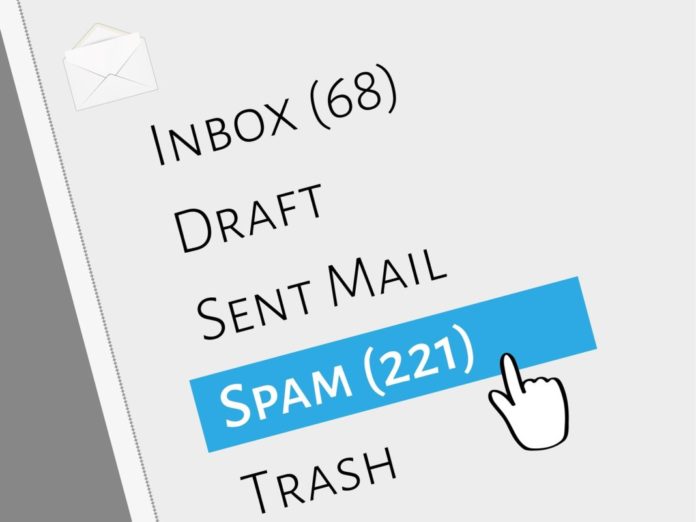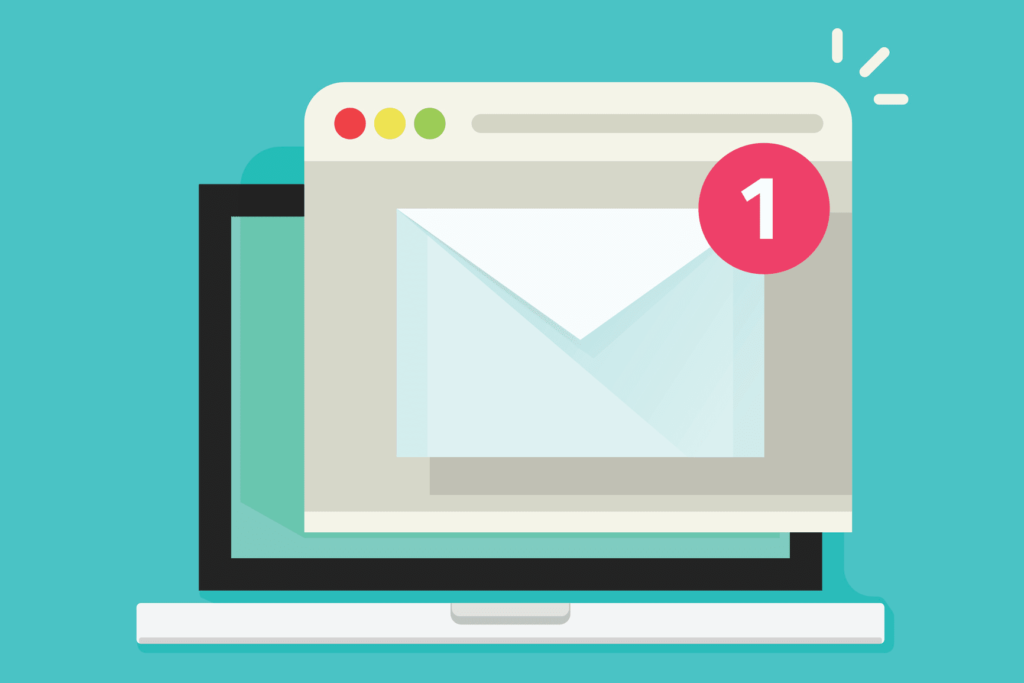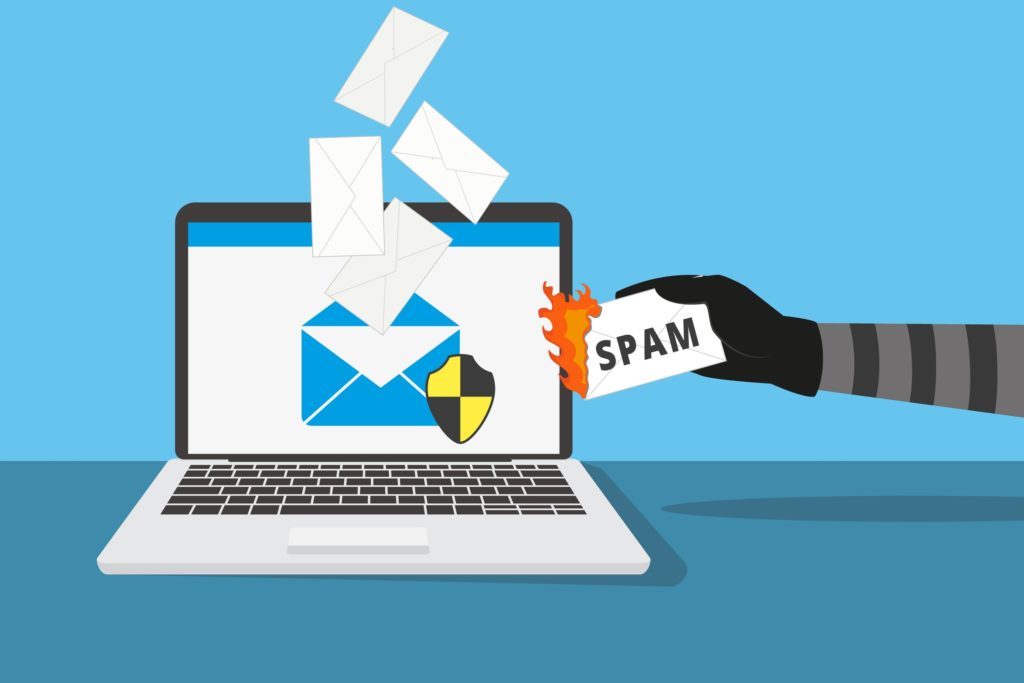
Email or Electronic mail is one of the most convenient and easiest ways where we can share data and transfer information with others. However, it is also the most common way to receive information or emails that may contain malicious attachments or dubious messages. Some email service providers mark and filter these dubious emails with the word SPAM, indicating to the user that the email is either malware or unsolicited email with suspicious content sent to numerous people by the sender.
Clicking on the links that can be found in such spam email may direct users to phishing websites or sites that may download damaging malware or virus to the victim’s computer. It is not surprising that a lot of us have previously encountered numerous spam emails in your inbox. However, your behavior online is what contributes to the spam messages that you receive. Here are some of the best ways you can protect your email box from those annoying spam emails.
Never give out your email address publicly

You should remember that today anyone can access the Internet. That means that spammers are lurking on the Internet and constantly searching for available email addresses to which they will send their spam e-mails. Posting your email publicly will allow others to send spam emails to you, or worse, even hack your account if you use a weak password.
Download anti-virus software and spam filtering tools

Antivirus software and spam filtering software can help you to scan the emails that you received. If any of the emails you receive malware, the suspicious content will be quarantined and you would be prevented from ever opening that email. This helps to reduce the chance of emails containing viruses or malware from infecting your computers.
You can also consider email inbox cleaning tools. These types of tools can organize all of your emails for an easier way to review them. You can remove, move, label or archives groups of emails instead of selecting them all one by one. You can also instruct the tools to automatically clean your inbox. If you are looking for a good clean email, check out the clean.email.
Think before you click

There might be situations where your email service providers automated spam filter will mistakenly mark your legitimate emails as spam due to its content. However, in almost all cases, emails that are marked as spam or are redirected to the spam folder of your inbox are sent by spammers. Spam email subjects usually include some cheap offers of prescription drugs, the status of packages from shipping companies and advertisements on some new medicine. Make sure that you read the content of spam emails before you clicking on any hyperlinks or opening any of the attachments.
Do not reply to spam messages
Almost every spam message is malicious emails sent by an unknown source. These sources could be hackers that aim to hack it the computers of the victims. Make sure you never respond to these spam messages, because by responding, you are telling the spammer that your email address is active, which increases the chance of your email being targeted by spammers or hackers.














